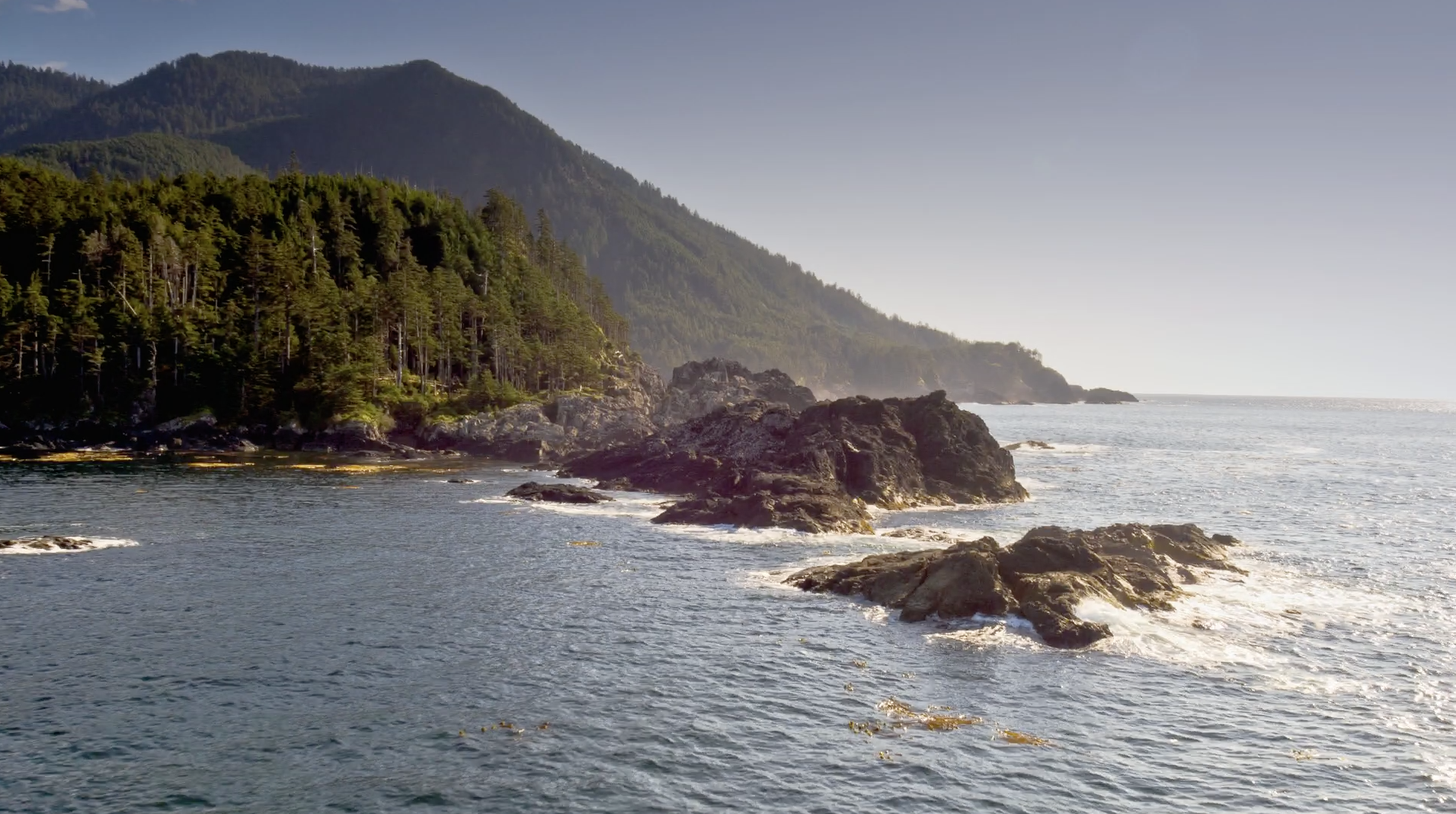Preliminary results of two international expeditions to study Pacific salmon in the open ocean may offer new clues as to why salmon populations are declining.
Expedition organizer Dr. Richard Beamish says the results also suggest chum and pink salmon runs could be poor this fall on the BC coast, based on low numbers of fish his team caught at sea. “We’ll get our DNA of chum salmon in the next few weeks. If the DNA shows we got more or less same thing as last year, the speculation is that the chum salmon returns could be low this year,” says Beamish.
The next observation he says is almost hard to believe, scientifically, and a major concern. “We know that pink salmon are the most abundant of all salmon and we know that pink should be at least three times more abundant than chum wherever you fish,” explains Beamish. “But pink salmon were very rare in our catches and only found in in the southern part of the Gulf of Alaska. Again, and it is only preliminary speculation, that could indicate that pink returns could not be very good this year.”
In March, the Central Coast Indigenous Resource Alliance (CCIRA) participated in the second of two expeditions with researchers from Canada, Russia and the United States. They are the first to investigate what factors regulate salmon abundance in the Gulf of Alaska – where most Pacific salmon returning to BC spend their first winter.
While more research is needed, expedition organizer Dr. Richard Beamish, says scientists are exploring the hypothesis that it’s the timing and not the number of salmon returning to the ocean every year that regulates abundance.
“We’re still analyzing the data from the first expedition and haven’t started the second one,” says Beamish. “However, we have tentative conclusions and most of what we’ve discovered is new.” Preliminary results from sampling show salmon that grow very quickly in the first few weeks when they enter the ocean will survive better. “In other words, grow fast or die young,” he adds.
The hypothesis suggests that the same genetic behaviour that brings salmon back to the coast at different times, also guides them to enter the ocean at a genetically-predetermined time for each stock – allowing them to match up more perfectly with the growth of the best plankton species in the ocean. “Fifty years ago, that’s what salmon would do. They would match up quickly with the plankton production and grow faster and survive better.”
The ocean produces plankton density at slightly different times over the year depending on the climate and currents, Beamish explains. Chum salmon, for example, evolved over time to enter the ocean over a period of two and a half months which he says, allowed them to match up with the best plankton species, so “you would tend to get good returns.”
He also speculates that the fish that grew faster and better would come from a variety of populations, and these populations would take turns doing better, depending on when they entered the ocean each year.
Overfishing those populations, Beamish says, messes with nature’s timing for aligning salmon with plankton production. “When we came along and fished populations, we drastically altered the natural process mechanism for regulating salmon abundance.”
Beamish argues there is no scientific evidence for the widely held belief that salmon abundance depends on how many juvenile fish are released into the ocean every year. “We tried it, didn’t work.”
“What you’re hearing from me is another hypothesis,” says Beamish. “It’s not the number that regulates abundance, it’s how fast salmon grow. It may be wrong but it’s the hypothesis we’re working on.” Will research results help with ways to restore Pacific salmon? If a solution is to be found – other than fishing in a more sustainable way – Beamish says, “it will require a lot more creative way of thinking.”
He says one approach could be to experimentally try to introduce hatchery fish over a broader time frame, an approach that could cost more and require more careful record-keeping. “You have to be more experimental.”
While the concept that releasing more fish to the ocean brings more returns has been scientifically rejected, he says, adding more hatchery fish can work in some cases where the ocean has unused capacity. “But where you have tried it and where it hasn’t worked, it’s an indication that you have to add fish to the ocean differently.”
The hypothesis, says Beamish, “may turn out to be wrong. But I’ll bet you I’m not wrong. Fifty years from now, we’ll know that for sure. And these expeditions were the beginning of that.”


